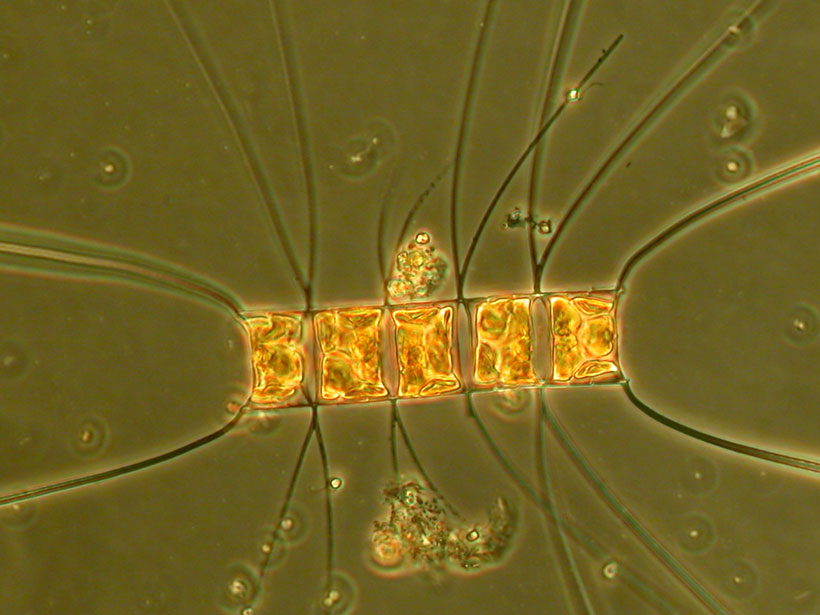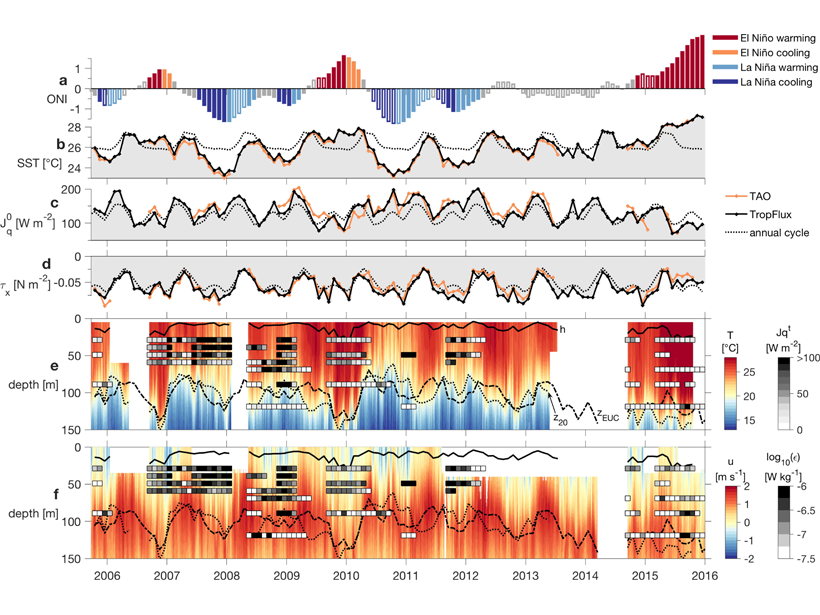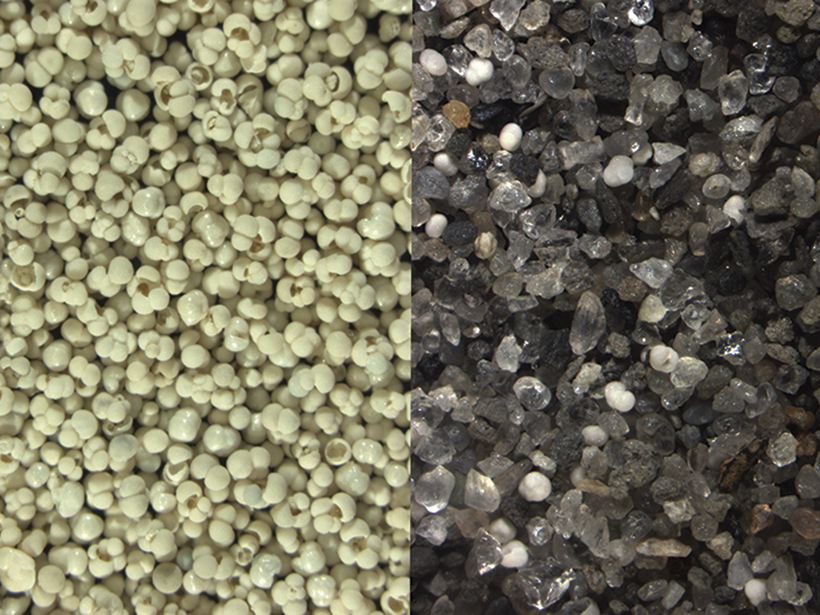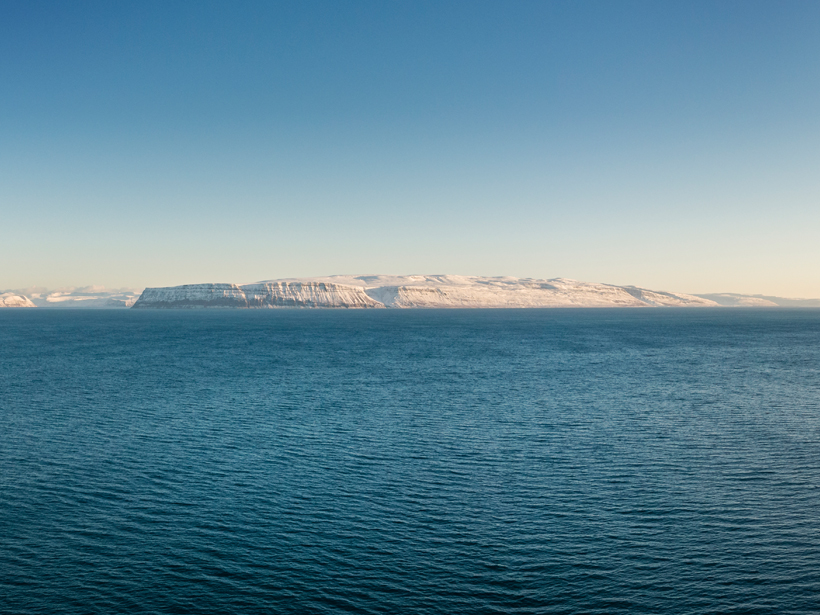Concentrations of methylated mercury in high latitudes show the importance of sunlight and biological activity for cycling the metal.
ocean circulation
Larger Role for Shallow Intermediate Waters in Ocean Circulation
Water masses formed off southeastern Greenland may contribute more than previously thought to the variability of the Atlantic Meridional Overturning Circulation, which strongly influences global climate.
Oceanic Mixing Influences Development of ENSO Cycle
Changes in oceanic turbulence act to regulate the sea surface temperature during the evolution of the El Niño Southern Oscillation cycle.
Plankton Biodiversity Mapped Globally
A team of scientists sailed around the world to catalog the diversity of plankton species in the ocean. Their findings have important economic implications as climate warms.
How Are Microplastics Transported to Polar Regions?
New modeling indicates that global subsurface ocean currents distribute submerged microplastics along very different routes than those traveled by floating plastic debris.
Atlantic Circulation Consistently Tied to Carbon Dioxide
Past ocean surface conditions suggest that over the past 800,000 years, atmospheric carbon dioxide levels typically rose on millennial timescales when Atlantic overturning was weaker and vice versa.
Theoretical Models Advance Knowledge of Ocean Circulation
A review of recent advancements highlights key insights into the Atlantic Meridional Overturning Circulation and what might be in store for future research.
Revealing the Ocean’s Rare but Prolific Carbon Export Events
New findings suggest that rare events underlie a global inverse relationship between primary production of organic carbon in the upper ocean and the fraction that is exported to the deep sea.
Effects of Variability in Atlantic Ocean Circulation
There is strong evidence that the Atlantic meridional overturning circulation plays an essential role in Atlantic multidecadal variability and associated climate impacts.
New Perspectives on 2,000 Years of North Atlantic Climate Change
A review of recent research advancements takes a deep dive into North Atlantic ocean circulation and its potential role in historical climate shifts.










